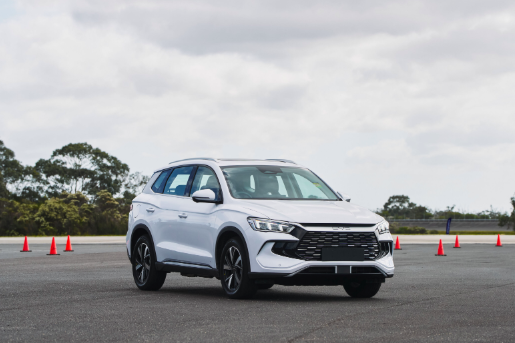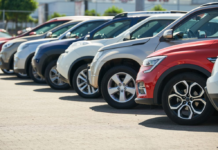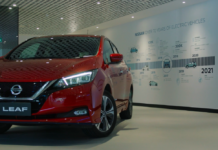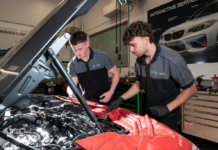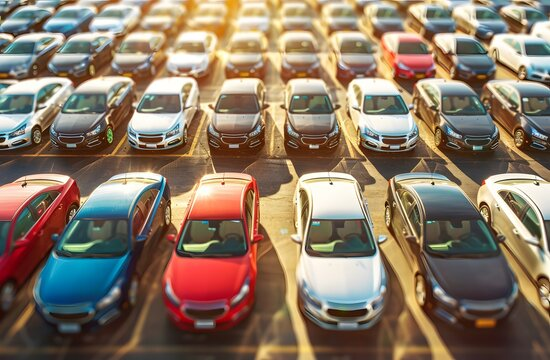
Subprime car loan delinquencies in the United States have reached their highest levels since the early 1990s, raising questions about similar pressures facing Australian automotive finance markets amid rising interest rates and vehicle costs.
The percentage of US borrowers with credit scores below 670 who are at least 60 days late on car loans has doubled since 2021 to 6.43%, according to Fitch Ratings. The delinquency rate is worse than during the COVID-19 pandemic, the Global Financial Crisis, or the dot-com crash.
Car repossessions are occurring at the highest rate since the 2008–2009 recession, with the default rate for subprime borrowers reaching nearly 10% in September, according to Cox Automotive data.
“There’s no room for error,” said Jonathan Smoke, chief economist at Cox Automotive, highlighting the financial stress facing vulnerable borrowers who often cannot sell vehicles worth less than their outstanding loan balance.
The crisis reflects broader economic pressures that could signal similar challenges for Australian consumers as the Reserve Bank of Australia maintains elevated interest rates.
Payment pressures mount
Record vehicle prices and high interest rates have pushed average car payments to unprecedented levels in the US market. More than half of new car leases and over three-quarters of new car loans made in the second quarter had monthly payments of $500 or more, according to Experian.
For new car loans, more than 17% have payments exceeding $1000 monthly, while 46% of used car loans require payments of $500 or above.
Rising maintenance costs are compounding the pressure. Motor vehicle repair costs surged 15% year-over-year in August according to the US Bureau of Labor Statistics, while car insurance rates increased nearly 5% despite moderating from pandemic-era peaks.
The financial stress particularly affects lower-income consumers who rely on vehicles for work and family obligations, with car loans typically among the last payments Americans are willing to miss.
Australian market implications
While comprehensive Australian subprime auto loan data is not readily available, local finance companies and dealers are monitoring similar pressures as the RBA’s cash rate sits at 4.35% compared to the 0.1% emergency level during the pandemic.
Australian new vehicle prices have also increased significantly since 2021, with the Federal Chamber of Automotive Industries reporting continued supply constraints and model mix changes affecting affordability.
The contrast between prime and subprime borrower performance in the US – where delinquency rates among stronger credit borrowers remain below 0.5% – mirrors broader economic inequality patterns that Australian policymakers are also tracking.
Rod Chadehumbe, chief asset backed securities strategist at Bloomberg Intelligence, noted “there are no alarm bells going off for prime borrowers,” suggesting the stress remains concentrated among vulnerable consumers rather than indicating broader systemic issues.
The US experience highlights potential risks for Australian automotive finance as economic conditions evolve, particularly given the essential role vehicles play in employment and daily life across both markets.

Automobile Magazine-AU









